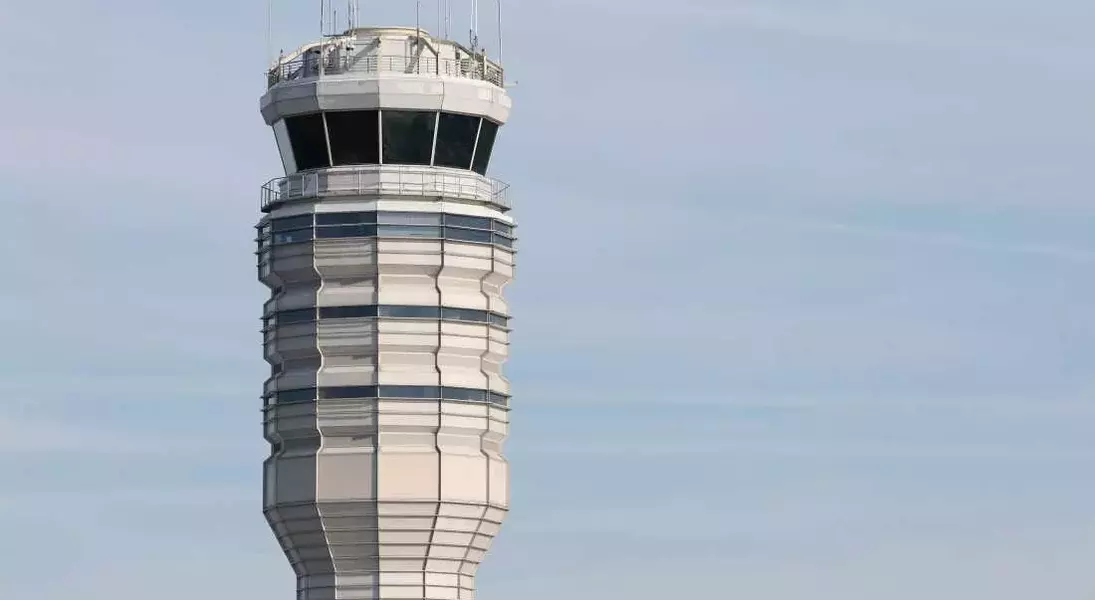



Navigating Turbulence: Understanding the FAA's Unprecedented Flight Reductions
The FAA's Mandate: A Response to Staffing Challenges and Shutdown Impacts
In response to a government shutdown and critical staffing shortages among air traffic controllers, the FAA has directed airlines to implement substantial air traffic reductions. This decision, aimed at upholding safety standards, requires controllers to continue working without compensation, intensifying pressure on an already strained workforce. Transportation Secretary Sean Duffy highlighted that these measures are intended to alleviate stress on controllers by managing fewer flights, thereby ensuring safer skies.
Unraveling the Details: How the FAA's Reduction Plan Operates
The FAA's directive, issued late Thursday, targets 40 of the nation's busiest airports, including major hubs in cities like Atlanta, Chicago, and Los Angeles. Flights connecting these primary airports with smaller, regional facilities will also experience cutbacks. Airlines are tasked with gradually scaling down operations, starting with a 4% reduction and progressively reaching 10% within a week. This phased approach allows airlines some flexibility in determining which routes to trim, with a likely focus on preserving profitable routes while reducing less frequented regional services. Notably, these restrictions apply exclusively to domestic flights and also impose temporary limits on commercial space launches.
Airline Adaptations: Minimizing Disruption Amidst Operational Changes
Major carriers are working to mitigate the impact of these flight reductions on their services and passengers. Delta Air Lines, for instance, plans to maintain the majority of its schedule, adjusting flight frequencies rather than outright eliminating destinations. American Airlines' Chief Operating Officer, David Seymour, indicated that regional flights would bear the brunt of the cuts, with an emphasis on high-frequency markets to facilitate customer reaccommodation. United Airlines also expressed confidence in its ability to adapt, drawing parallels to managing disruptions caused by severe weather. David Kinzelman, a senior vice president at United, noted that the current off-peak travel period offers more available seats to rebook affected passengers. However, the widespread nature of these reductions, affecting numerous airports simultaneously, represents an unprecedented challenge for the industry.
Strategic Choices: The FAA's Criteria for Targeted Airports
The selection process for the 40 affected airports remains somewhat opaque, though FAA Administrator Bryan Bedford stated it was data-driven, incorporating internal safety metrics and reports from commercial pilots. The list includes airports known for persistent controller shortages, such as Newark Liberty International and Ronald Reagan Washington National. Curiously, some airports frequently experiencing staffing issues, like those in Austin and Nashville, were omitted. Conversely, certain additions, like Ted Stevens Anchorage International Airport—a significant cargo hub—have prompted questions, as it has not reported substantial controller shortages.
The Underlying Impetus: Safety and Political Dimensions
The FAA asserts that these reductions are crucial for maintaining system safety amidst the ongoing government shutdown. With air traffic controllers working without pay, many are experiencing increased stress, some seeking secondary employment, and others taking sick leave. This situation led to widespread staffing shortages last weekend. Critics, including U.S. Representative Steve Cohen, suggest that beyond safety, the timing of these measures might have political motivations, aimed at pressuring Congress to resolve budget disputes. However, Chris Sununu, president and CEO of Airlines for America, countered this, emphasizing that safety is the sole driving factor, given the substantial financial risks airlines face with cancellations.
Traveler Experiences: Navigating Uncertainty and Disruptions
The uncertainty surrounding flight operations has caused considerable anxiety among travelers. Ellen Silva, a passenger en route to Baltimore, voiced concerns about potential work disruptions if her return flight is canceled. Patricia Andeweg recounted her challenging journey to Australia for her 90th birthday celebration, which was marred by delays and cancellations, turning her trip into a \u201cjourney to nowhere.\u201d These individual stories highlight the human impact of the broader aviation adjustment
